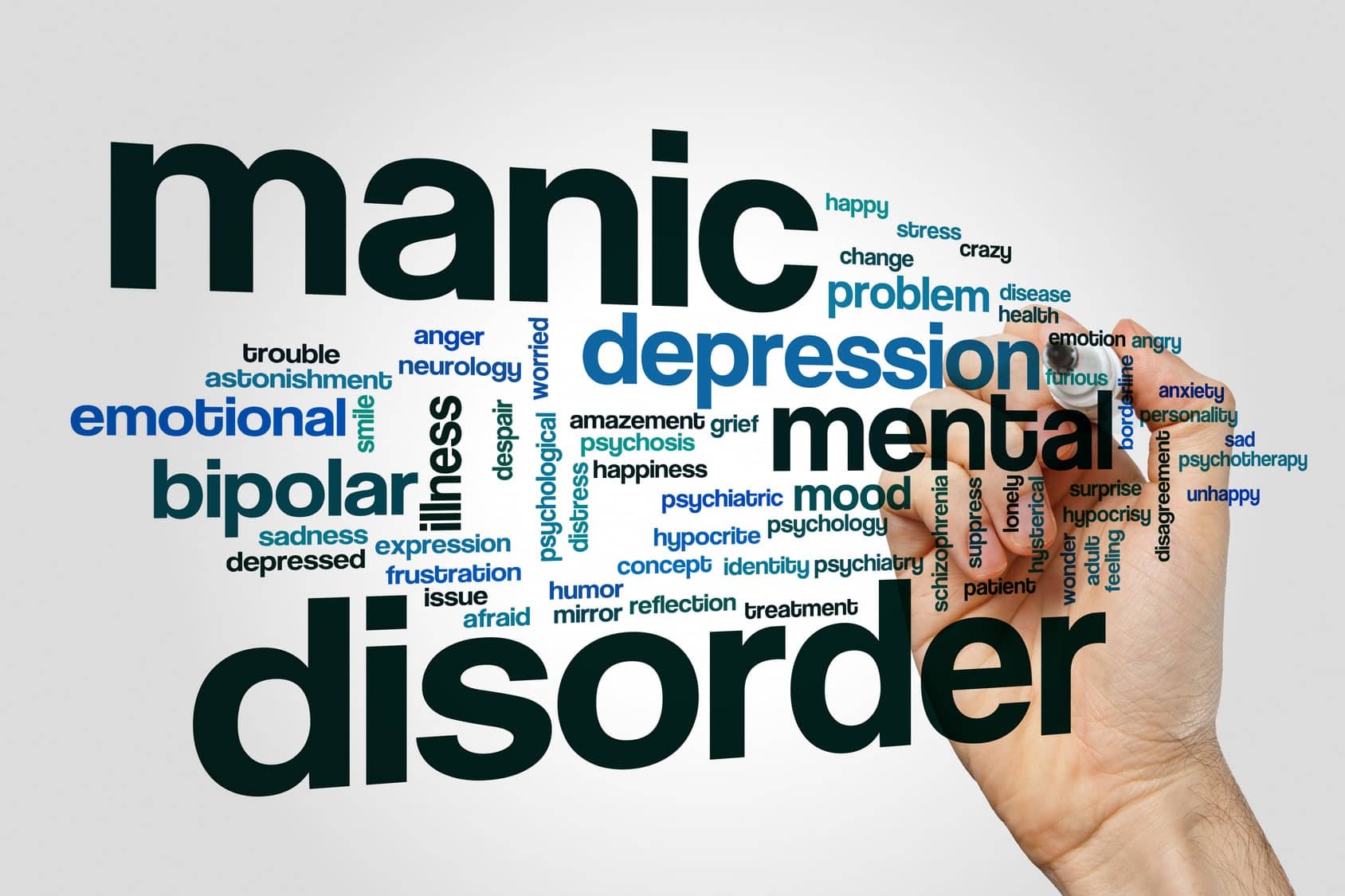Establishing Boundaries With Borderline Personality Disorder
19th March 2018
Borderline Personality Disorder (BPD) is a condition that is defined by its trigger points. It’s unlike many other mental health challenges in that on the surface, things can appear to be fine for extended periods. But then a seemingly innocuous event can occur – something you may or may not even be aware of – and you can find yourself relapsing into a set of behavioural programs that lead you towards poor decision making and tumultuous relationships.
What are Triggers and How Do They Affect You?
BPD triggers are defined as situations, people, or events that can worsen your symptoms in a rapid fashion. But more so than this, these triggers can be both internal or external. ‘Events’ don’t necessarily need to occur within your environment. They can just as easily be mental triggers such as a thought or memory independent of any outside influence. Although, they too, can be the result of something else influencing you externally, creating a daisy chain or ripple effect that causes you to feel as though your symptoms are overwhelming you.
The Different Subsets of Borderline Triggers
Cognitive Triggers: These are mental triggers that are confined to your mental and emotional workings. And they can often appear to come out of nowhere. An example of this is in people who may have suffered trauma (such as child abuse) as part of their BPD diagnosis. In instances such as these, an image or memory relating to that past event can trigger intense emotional distress.
Relationship Triggers: Perhaps the most common BPD triggers are those related to interpersonal issues – most notably relationship issues. There is a whole spectrum of emotions that relate to this area, including fear, anger, abandonment, hurt, sadness, and even tendencies such as self-harm and suicidal thoughts. One such example is the perceived notion of rejection after not hearing back from someone ‘ample’ time has been given.
Exercise to Identify Your Triggers
The road to recovery first begins with successfully being able to identify your symptoms. This will then allow you to accept the responsibility by your managing your condition, which will ultimately lead to a vast reduction in your tendencies and a full recovery. Once you begin to understand how people and events affect your perception of reality, you can take steps to either avoid them/cut them out of your life entirely. Or else, you can look to manage them in the short-term with a view to one day letting go completely. The following writing exercise is intended to help you take those first steps towards being more self-sufficient and in control of your reality.
Step One: Preparation
Before you begin, you need to have a pen/pencil and some type of journal – preferable something with a bound edge that isn’t disposable. But really don’t be too hung up – anything is better than nothing, and you could even use your phone. You’ll then need to find a quiet part of your day and a place where you won’t be disturbed for around twenty minutes so you can really zero in on your thoughts and emotions.
Step Two: Mapping Your Triggers
Once you found something to write on or created a digital document, make three columns or three headings on top of each other if it’s easier to do so, titled: “Trigger,” “Emotion,” and ‘Response to Emotion.” These are the keys areas you’re going to be focusing on as you look to make connections between each of them in order to stop them at source before they have chance to take root.
Step Three: Recalling an Emotional Event
Now, try to remember the last time you experienced a negative emotional response. This could be anything at all. It could be anger, fear, sadness, shame or emptiness. Then under the trigger title, write down exactly what was happening just before you came to that emotional response – remembering trigger can be either an internal or external event.
Step Four: Label Your Emotions
Next, under the emotions column/title, write down the emotional responses you had to the trigger in question. But be aware, you might have more than one emotional response to a trigger. That’s fine. If you need to add more detail, don’t feel constrained by the space you have to work with. The important thing is to be completely honest with the process.
Step Five: Identify the Response
Here, you want to record the response you had to your emotion. For example, did this cause a behavioural/mental shift that altered the rest of your day or week? Maybe one of your coping strategies is self-harm. Or, perhaps you’re actually quite in control of your triggers already and had a suitable coping strategy.
Step Six: Repeat the Process
Once you’ve gone through the process, you then want to go right back to the start and identify at least two-three more incidents or episodes in which you were triggered in a way that worsened your symptoms. Again, be as honest as you can and take your time. Don’t cheat the process. You will only get out of this exercise what you put into it.
Step Seven: Pattern Recognition
The ultimate goal is for you to provided yourself with a diary/journal of your triggers, emotions and responses so you can identify the prevailing patterns in your behavioural. The more you’re able to recognise the common threads in your behaviour, the easier it’ll be to find effective coping strategies to avoid falling to the same cycles of destructive behaviour.












